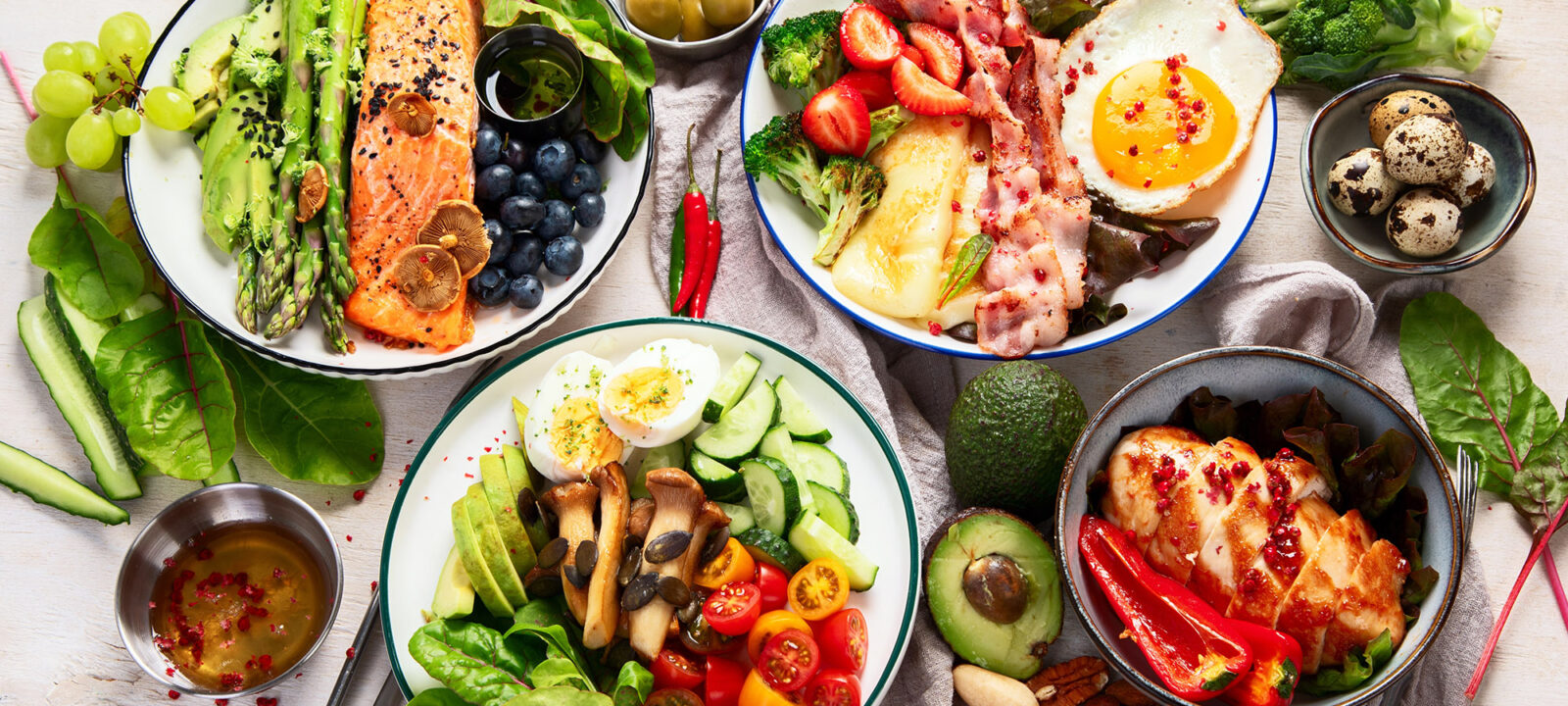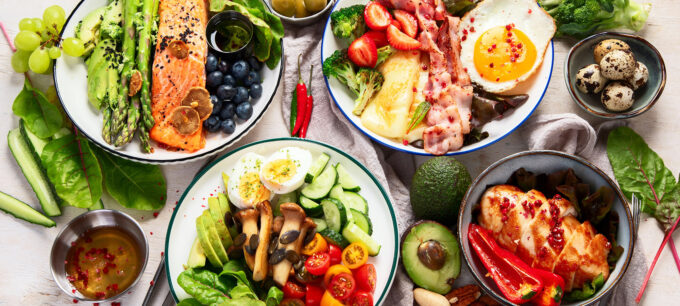The Keto Diet, short for ketogenic diet, has taken the health and fitness world by storm. Designed to shift your body into a state of ketosis, it helps burn fat for energy instead of carbohydrates. Whether your goal is weight loss, improved energy, or better blood sugar control, the Keto Diet has something to offer.
What Is the Keto Diet?
The Keto Diet is a low-carb, high-fat eating plan. By drastically reducing carbohydrate intake and replacing it with fat, your body enters a state called ketosis. In ketosis, your liver produces ketones from fat, which become your primary source of energy.
Benefits of the Keto Diet
-
Rapid Weight Loss – By burning fat for fuel, many people experience significant weight reduction within weeks.
-
Blood Sugar Control – Lower carbohydrate intake can stabilize blood sugar levels, making it helpful for people with type 2 diabetes.
-
Enhanced Mental Focus – Ketones are an excellent energy source for the brain, potentially improving concentration and mental clarity.
-
Increased Energy Levels – Fat is a more stable energy source than carbs, which can help reduce energy crashes throughout the day.
What to Eat on a Keto Diet
To stay in ketosis, focus on high-fat, moderate-protein, and low-carb foods:
-
Healthy Fats: Avocado, olive oil, coconut oil, butter, nuts, and seeds
-
Protein Sources: Meat, poultry, fish, eggs
-
Low-Carb Vegetables: Spinach, kale, broccoli, cauliflower, zucchini
-
Dairy: Cheese, heavy cream, Greek yogurt (unsweetened)
Foods to Avoid
Certain foods are high in carbs and can kick you out of ketosis:
-
Sugary foods: candy, soda, desserts
-
Grains: rice, pasta, bread, cereals
-
Starchy vegetables: potatoes, corn
-
Most fruits (except berries in moderation)
Sample Keto Meal Plan
Breakfast: Scrambled eggs with spinach and avocado
Lunch: Grilled salmon with asparagus and olive oil
Snack: A handful of almonds or cheese cubes
Dinner: Chicken thighs with zucchini noodles sautéed in butter
Tips for Success on the Keto Diet
-
Stay Hydrated: Drink plenty of water to prevent dehydration and support metabolism.
-
Electrolytes Matter: Increase intake of sodium, potassium, and magnesium to avoid the “keto flu.”
-
Plan Your Meals: Preparing meals ahead of time reduces the temptation to eat high-carb foods.
-
Track Your Progress: Use apps or journals to monitor carbs, fats, and protein intake.
Who Should Try the Keto Diet?
The Keto Diet is suitable for:
-
People looking to lose weight efficiently
-
Those managing blood sugar or insulin resistance
-
Individuals seeking increased energy and mental focus
Consult your doctor before starting the Keto Diet, especially if you have pre-existing health conditions.
Final Thoughts
The Keto Diet is more than just a trend—it’s a lifestyle that can transform your body and mind. By focusing on healthy fats, moderate protein, and low carbs, you can achieve sustainable weight loss and improved overall health.

Review Overview
Summary
Pellentesque iaculis gravida nulla ac hendrerit. Vestibulum faucibus neque at lacus tristique eu ultrices ipsum mollis. Phasellus venenatis, lacus in malesuada pellentesque, nisl ipsum faucibus velit, et eleifend velit nulla a mi. Praesent pharetra semper purus, a vehicula massa interdum in.
The Pros
Unlimited content Design sharing Branded templatesThe Cons
Premium video Folders and storage Magic Resize- Drag and drop editor5
- Easy customizations4
- Brand's visual identity4.5
- Million free photos3.5






Leave a comment